The Svevo Castle
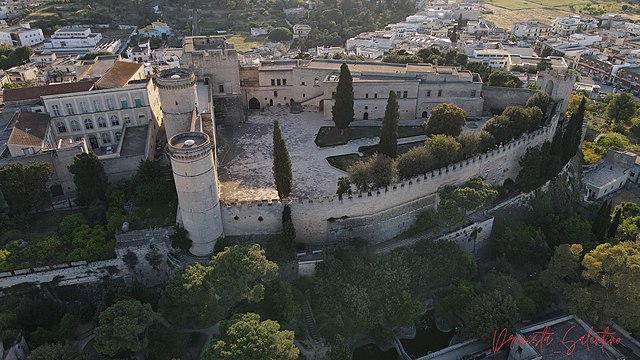
The Castle of Oria (in the province of Brindisi) occupies Vaglio Hill, the highest point of the city, at about 166 meters above sea level, on an area inhabited since the earliest periods. In fact, this area was occupied by the Messapian acropolis, which likely built its walls around the 6th century BC. As is […]
Jewish Ghetto and Former Synagogue

In Puglia, the Jews spread during the Norman-Swabian period. Wealthy communities were present in Lecce, as well as in Brindisi and Oria. The one in Taranto was also thriving, where in 1165 there were around three hundred individuals. Jewish presence was also found, during the reign of the Swabians, in towns like Trani, Barletta, Andria, […]
OSTUNI
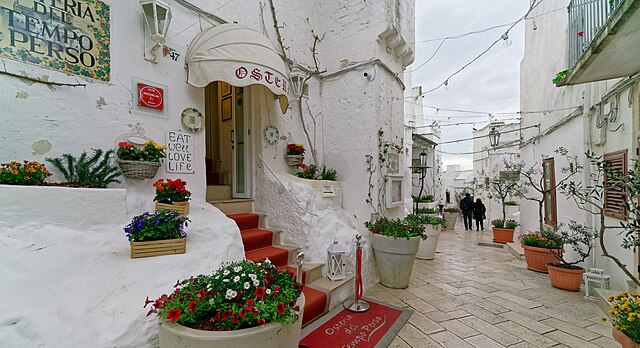
A renowned tourist destination in the province of Brindisi (about 50 km from Manduria), Ostuni is also known as the “White City,” thanks to its distinctive historic center—a beautiful medieval village where all the streets, houses, and stairs are entirely painted with white lime. A quintessential panoramic city, Ostuni rises on three hills in the […]
ORIA
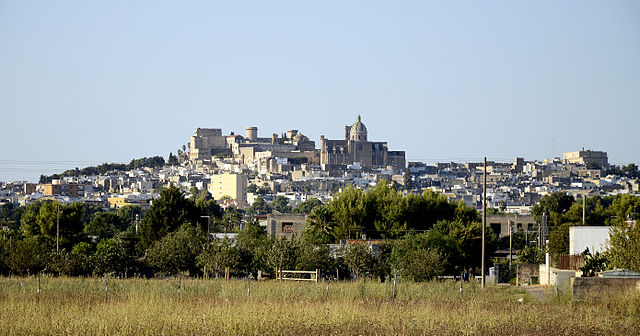
The foundation of the city According to the historian Herodotus, the foundation of the city occurred when a group of Cretans shipwrecked along the Salento coast, not far from Oria. The Cretans chose the highest hill to begin the construction of a new city, as from there they could easily control the surrounding territory. They […]
Natural Reserve of the Mouth of the Chidro River
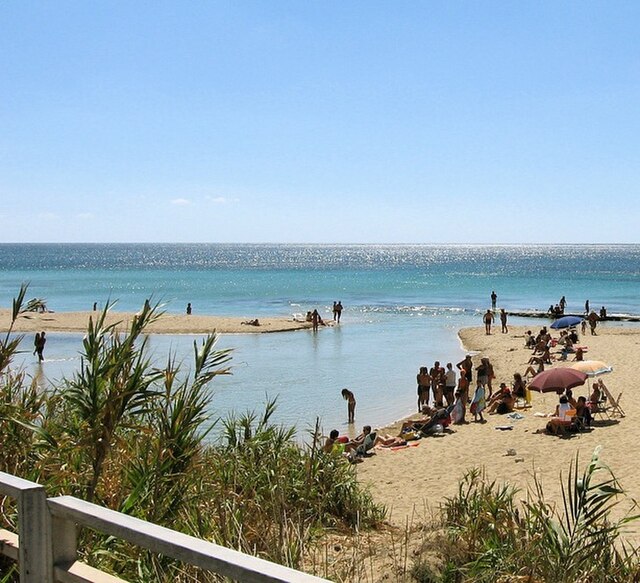
The Chidro River, the most important watercourse along the entire Ionian coast of Puglia, with its 3,000 liters per second and its 500 meters in length. In ancient maps, this freshwater spring is indicated as a place for fishing and water supply. The legend of origin of river Chidro According to tradition, the mythical Chidro […]
Duomo of Manduria
The Mother Church was built on the same site as the ancient medieval church, from which the two stylophore lions now placed at the sides of the entrance portal belong. The architecture of the structure has a clear Romanesque layout, on which late Gothic and Catalan influences were later superimposed. The construction began in the […]
Giannuzzi Corcioli Palace
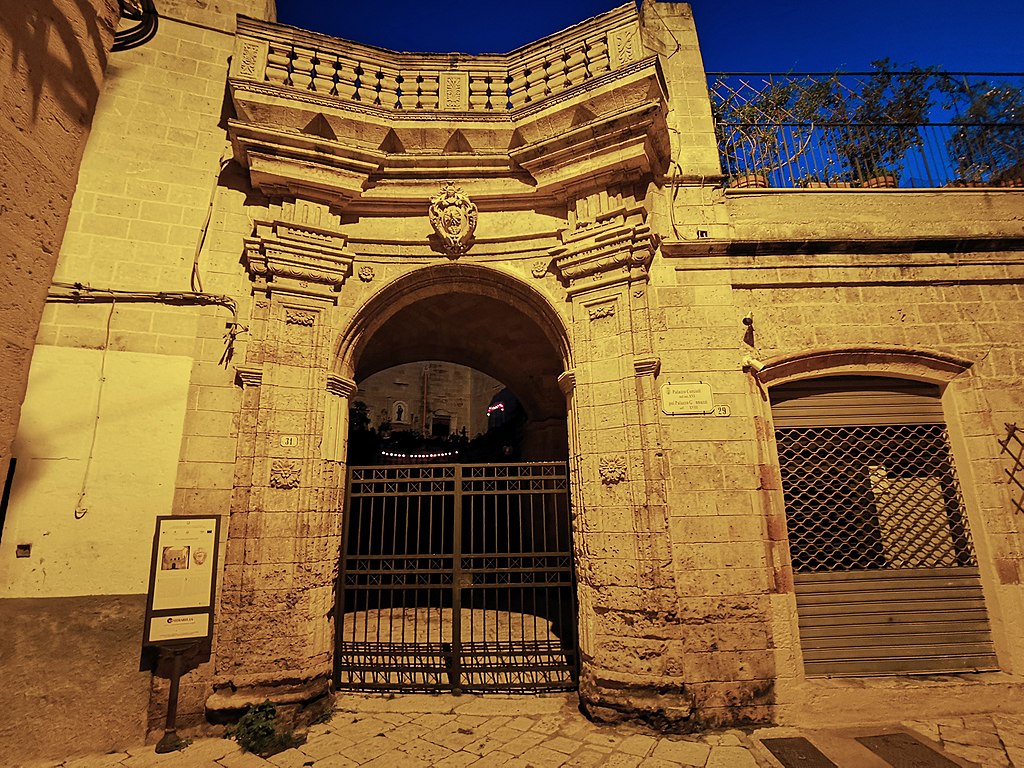
The Giannuzzi Palace is located in the historic center of Manduria and takes its name from the Giannuzzi family, who built it in the 16th century. It has since been renovated several times. The building features an imposing entrance portal with a concave shape, a full arch, and is topped with a rich family crest […]
Pliniano Spring
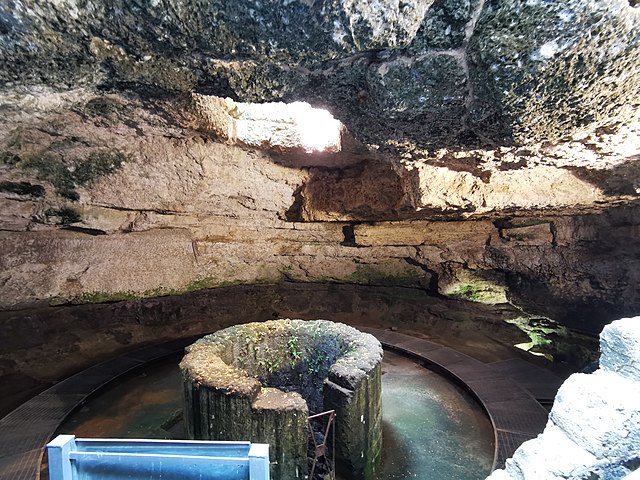
The Plinian Spring is named after Pliny the Elder, who, having either visited it directly or received information about it from others, describes it in his work Naturalis Historia. The water spring is hidden inside a cave about 18 meters in diameter, which can be accessed via a staircase. What makes the place even more […]
Museum of Civilization of Primitivo
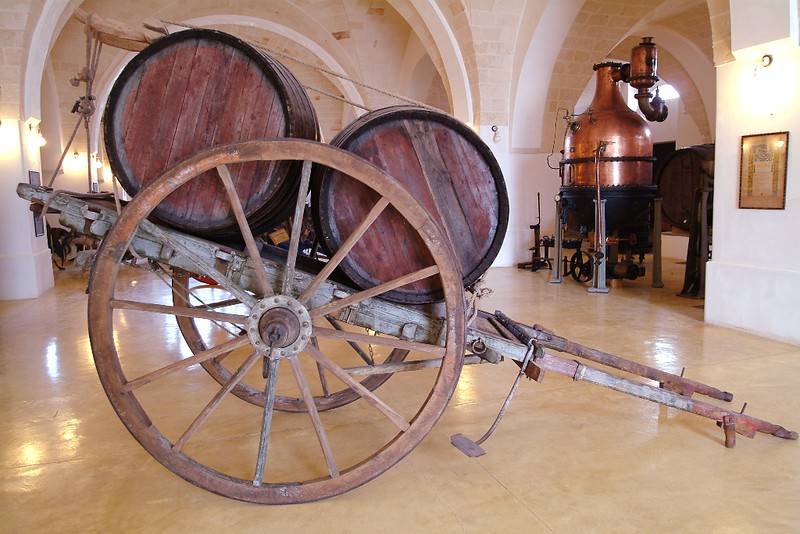
In Manduria, the Museum of Primitivo Wine Civilization, located within the Winery of the Manduria Producers, was created with a strong focus on preserving memory — the desire to not lose the traces of a cultural world perceived as being in deep transformation and thus at risk of being forgotten. However, the search for objects […]
TARANTO
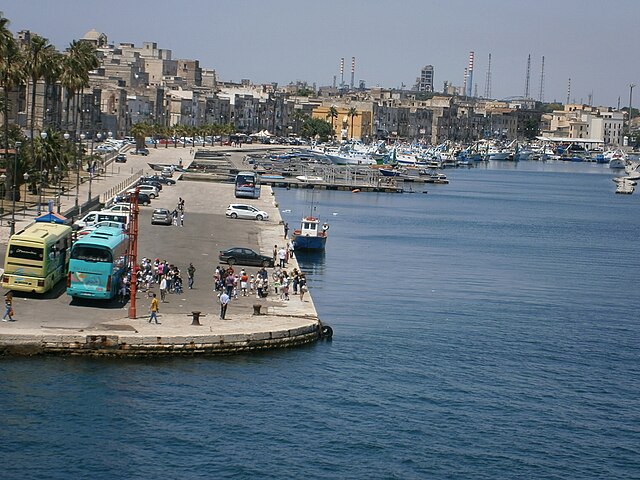
The history of Taranto begins in the 8th century BC with the founding of Taras, the only colony of the Spartans, although archaeological findings confirm the presence of settlements dating back to the Bronze Age and the Iron Age, 3,500 years before Christ. The city’s hegemony was linked to its great naval power and control […]

